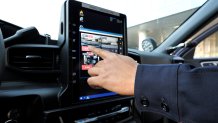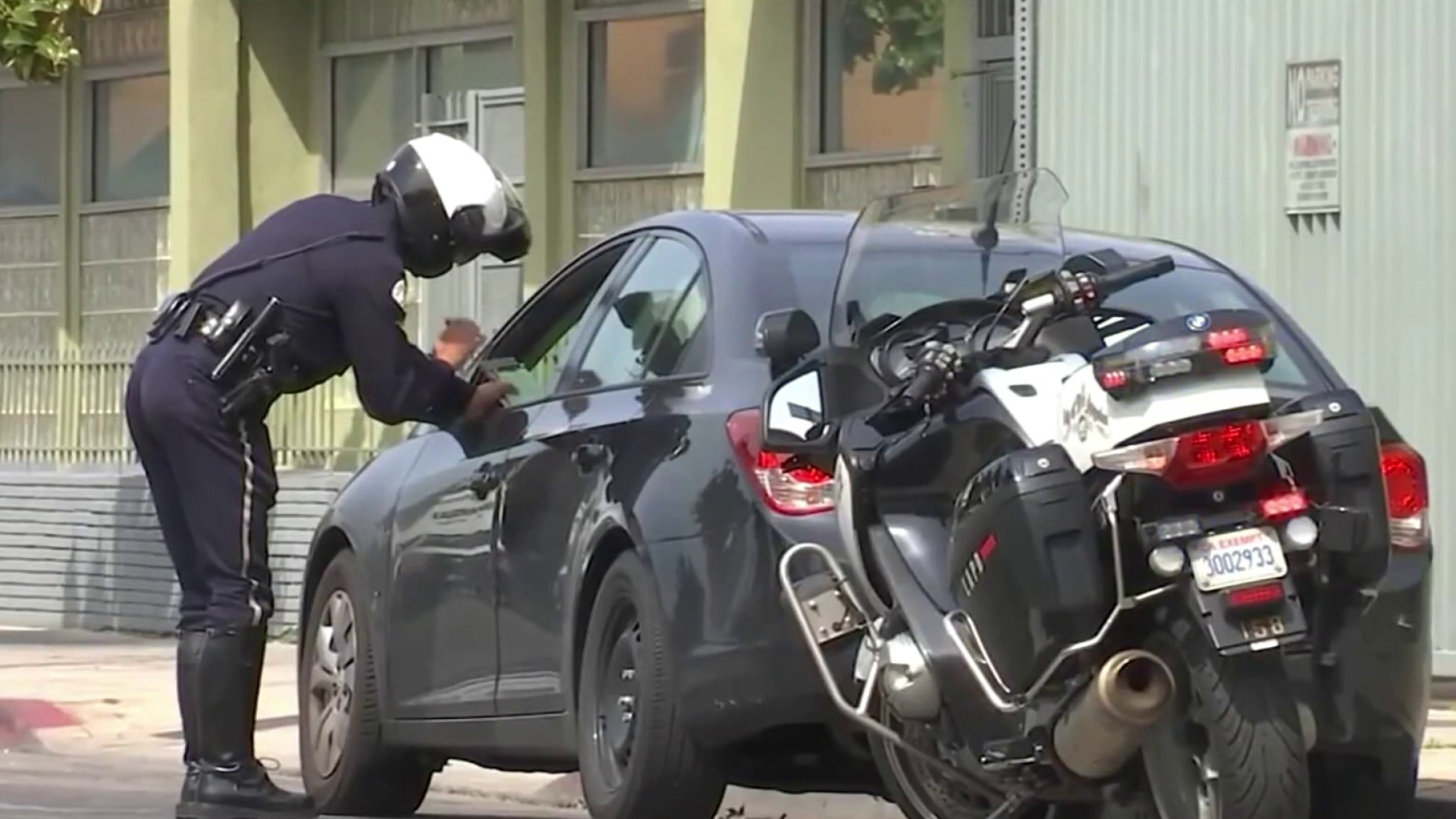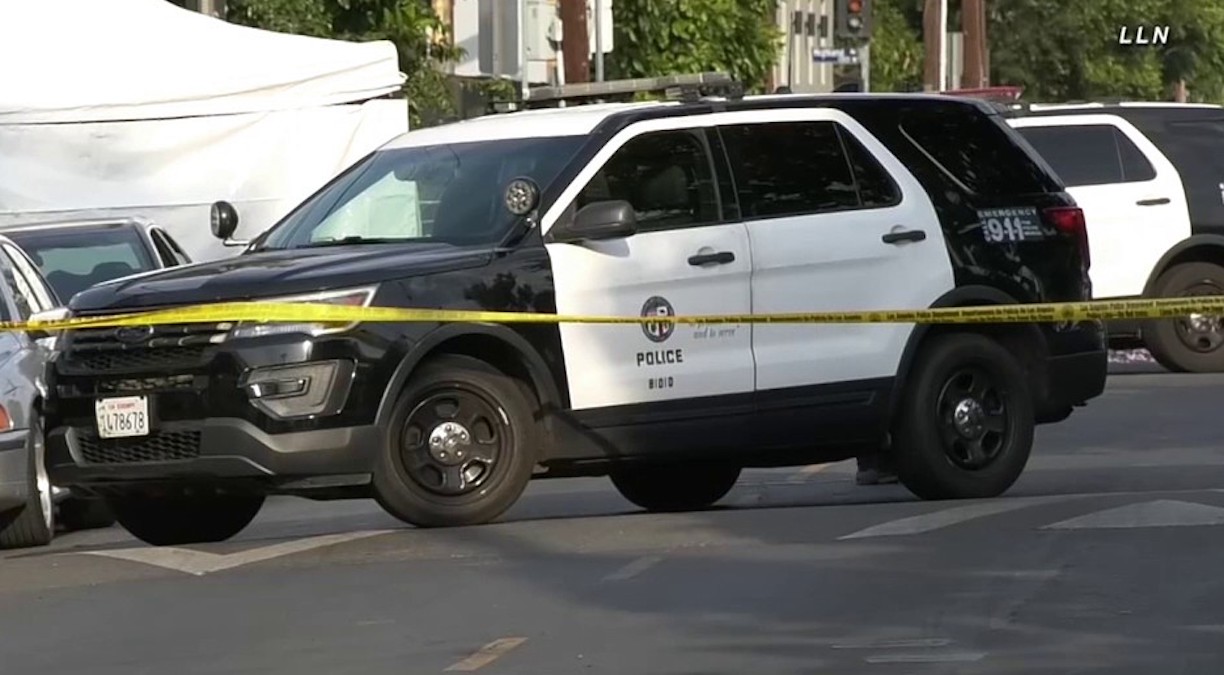The Los Angeles Police Department has begun to install new higher-definition video cameras in its patrol cars, part of an effort to vastly improve the clarity of the images and sounds recorded during officers' encounters with the community.
“The public in this day and age expects police departments to have cameras, it expects its police department to be transparent," explained Deputy Chief John J. McMahon, who oversees the Information Technology Bureau.
The new cameras capture a wide view of what's happening in front of the patrol car, and at much higher resolution than previous systems. A second camera records anyone detained in the back seat of the car.

Get Southern California news, weather forecasts and entertainment stories to your inbox. Sign up for NBC LA newsletters.
Video can be uploaded and shared with supervisors moments after an incident, and McMahon said most importantly, any activation of the car-mounted camera automatically triggers the officers' body worn video cameras to begin recording simultaneously, and also act as wireless microphones.
“So the officers no longer have to wear that extra external microphone on their belt, or remember to do anything else," McMahon said.
The patrol car recordings have become more important in recent months, because a new rule requires officers to make recordings of the justification for certain kinds of traffic stops, but their body-worn cameras rarely capture a clear view of the person or car being pulled-over.
“Oftentimes, there will be questions as to why an officer stopped an individual, a suspect, did they have reasonable suspicion to stop the person, or probable cause to make an arrest?" McMahon said. "The digital in-car video is the technology that will capture that reason.”
LAPD TRAFFIC STOPS
Routine recordings from car and body worn cameras rarely become public, but are used by LAPD for internal audits to check whether officers are following law and policy, for investigations of complaints from the public, and when an incident leads to a use of force investigation.
Edited segments from recordings of more significant incidents, like police shootings, are shared publicly on the LAPD's YouTube channel.



